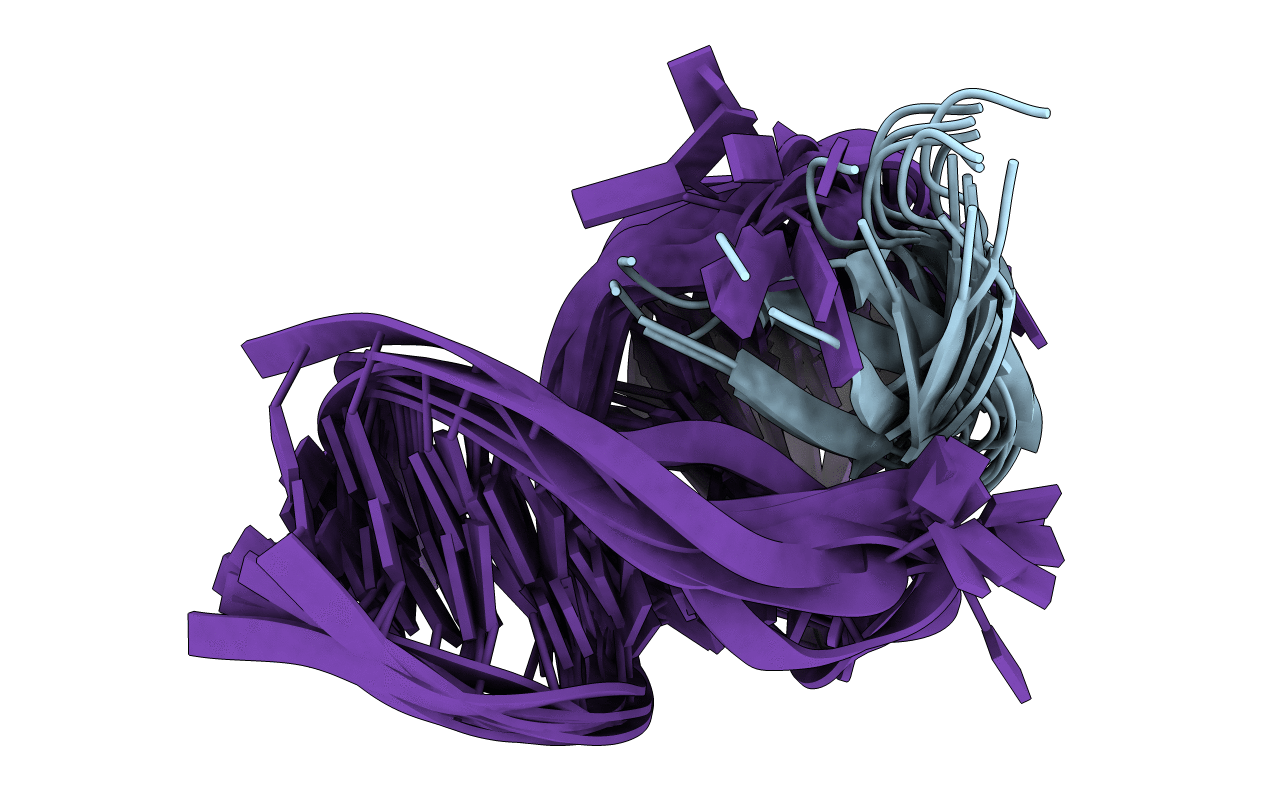
Deposition Date
2016-03-30
Release Date
2016-06-08
Last Version Date
2024-10-16
Entry Detail
PDB ID:
5J2W
Keywords:
Title:
Intermediate state lying on the pathway of release of Tat from HIV-1 TAR.
Biological Source:
Source Organism:
Human immunodeficiency virus 1 (Taxon ID: 11676)
Host Organism:
Method Details:
Experimental Method:
Conformers Calculated:
3871
Conformers Submitted:
10
Selection Criteria:
structures with the lowest energy


